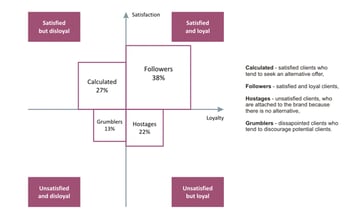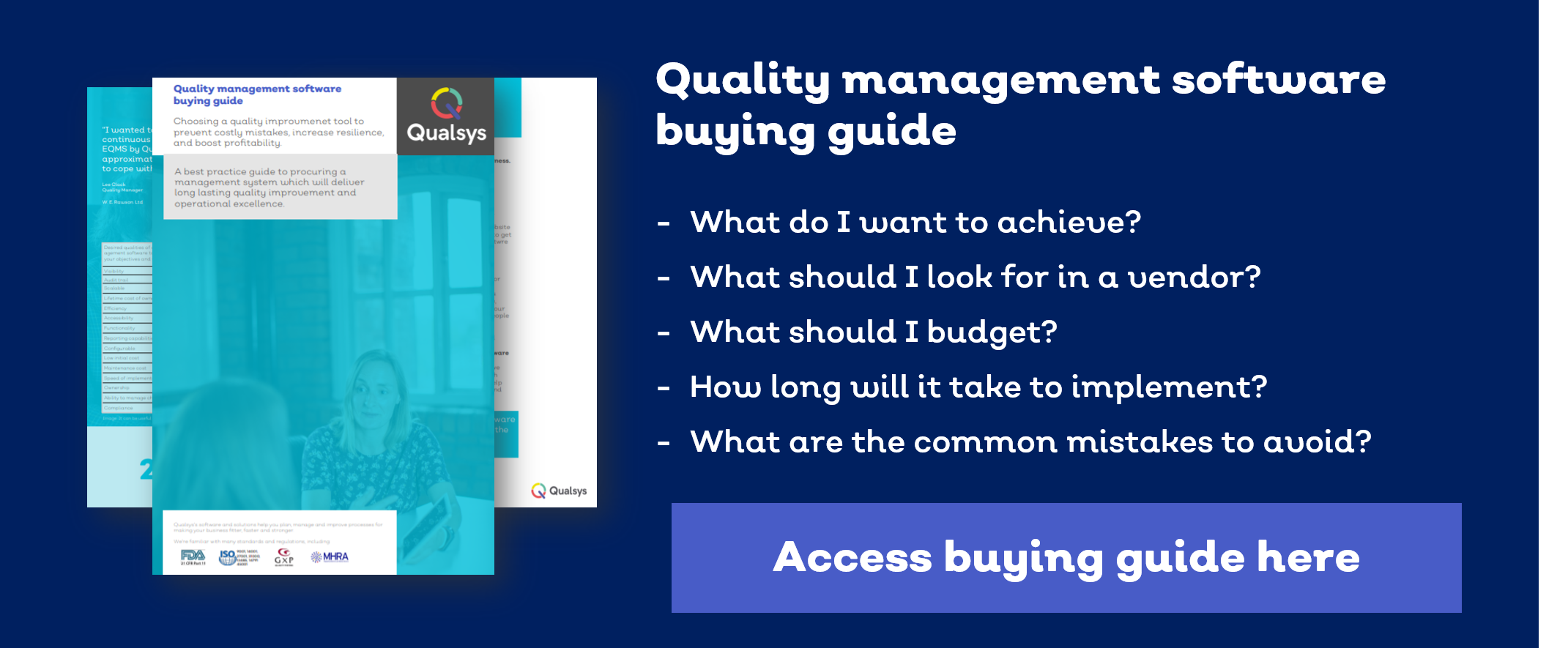Want to contribute to this article?
For decades, corporations have attempted to unlock value by matching their structures to their strategies, resulting in large projects to restructure the organisation.
However, most organisations wait to implement an integrated quality management system until after a business restructure has been completed. But here are 8 ways an integrated quality management software tool will help your business during a restructure.
1) Align strategy and structure
During a restructure, companies often rely solely on a financial management system for planning, process management and practices. However, solely focusing on financial metrics results in an overemphasis on short-term goals and an inability to see the full picture.
Balanced scorecard with an integrated quality management system
Businesses need a balanced scorecard to align their strategy and structure.
An integrated quality management system provides a framework for balancing financial, customer, process, and learning and growth performance. This ensures change is properly considered and there is a holistic approach to the restructure of the organisation.

2) Manage risks and assets
Every company knows the people they employ give them their competitive advantage. When restructuring the business, it's important to identify, assess, treat and monitor knowledge risks throughout the change - or risk losing essential knowledge.
EQMS has a full suite of tools so you can manage risk. Apply your chosen risk management framework. Realise the value of your portfolio of assets, people and skills represented.
3) Less disruptive restructure
Pankaj Ghemawat of Harvard Business School describes in his November 2003 HBR article, “The Forgotten Strategy,” this restructuring churn is expensive and often creates new organisational problems as bad as the ones they solve. It takes time for employees to adapt to new structures, and a great deal of tacit knowledge—precisely the kind that’s become most valuable—gets lost in the process, as disaffected employees leave.

4) Overcome silos
During many restructures, external experts are hired on temporary contracts to manage the company through the transition. Don't let their knowledge, decisions, communications and plans get lost in email chains.
An integrated quality management system ensures the critical information is stored centrally. It's incorruptible, controlled and accessible for the people who need to see it.
5) Manage NDAs, employee contracts and legal information
During many restructures, external experts are hired on temporary contracts to manage the company through the transition. Don't let their knowledge, decisions, communications and plans get lost in email chains.
An integrated quality management system ensures the critical information is stored centrally. It's incorruptible, controlled and accessible only for the people who need to see it - perfect for confidential information.

6) Pinpoint the grumblers
When there is any change, you need to manage people. People are at the centre of the operation. And people will all react differently, but can usually be grouped into 4 groups - followers, hostages, calculated and grumblers.

Beware the grumblers. When you have a new manager moving to a new team, having an integrated quality management system makes the transition much easier, eliminates silos and prevents 'grumbler' employees derailing, disrupting or degrading the project.
7) Know where your gems are hidden
During a restructure, people are often plonked into new roles without having the training.
mckinsey.com/business-functions/organization/our-insights/retaining-key-employees-in-times-of-change |
With an integrated quality management system, you can manage staff competency and training records, making it easier to guide who can be given greater responsibilities based on their credentials.
8) Manage operational and tactical change
Companies restructure for a variety of reasons - reduce costs, concentrate on key products, make better use of talent, improve competitive advantage, spin off a subsidiary company, or even merge with another company.
It's important that the changes are effectively communicated not just on a high level but on a procedural, operational level. Are there now gaps? What will the impact on quality be? How will we monitor whether the changes are effective?

So how much time, effort and resource will it take to implement a management system?
Not as much as you'd think!
Qualsys provide an expert integrated quality management system implementation service. We work closely with you to do the heavy lifting - the planning, data migration, training, and set up, so that your new management system can be ready within a matter of weeks.
What you should do now:
Read our online guide to implementing an integrated quality management system.









Share your thoughts on this article